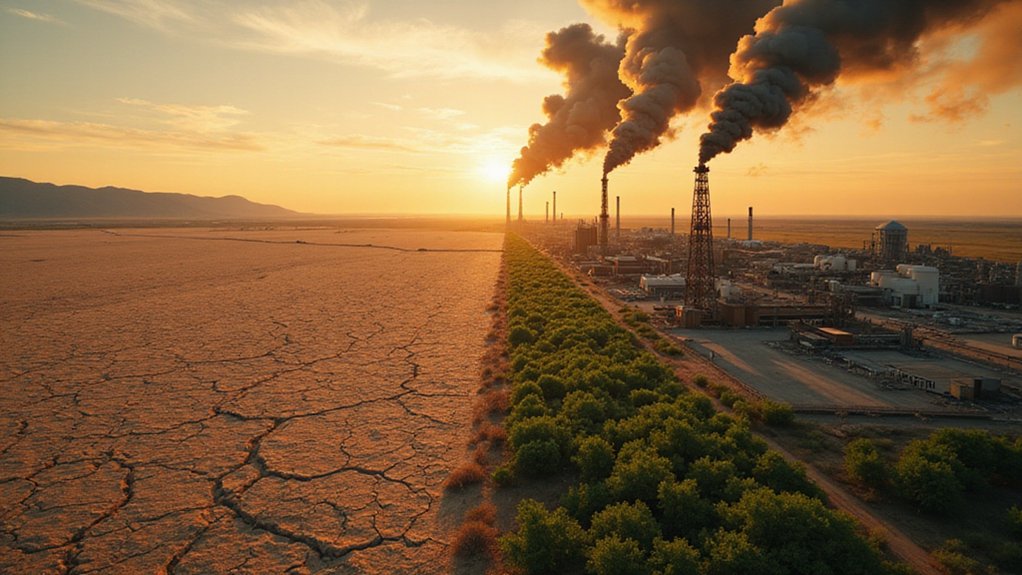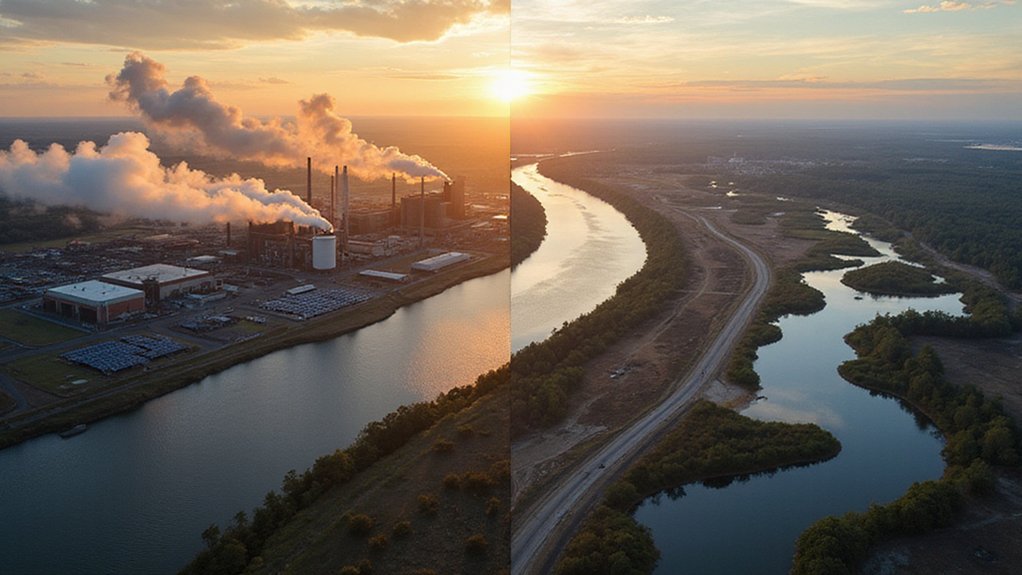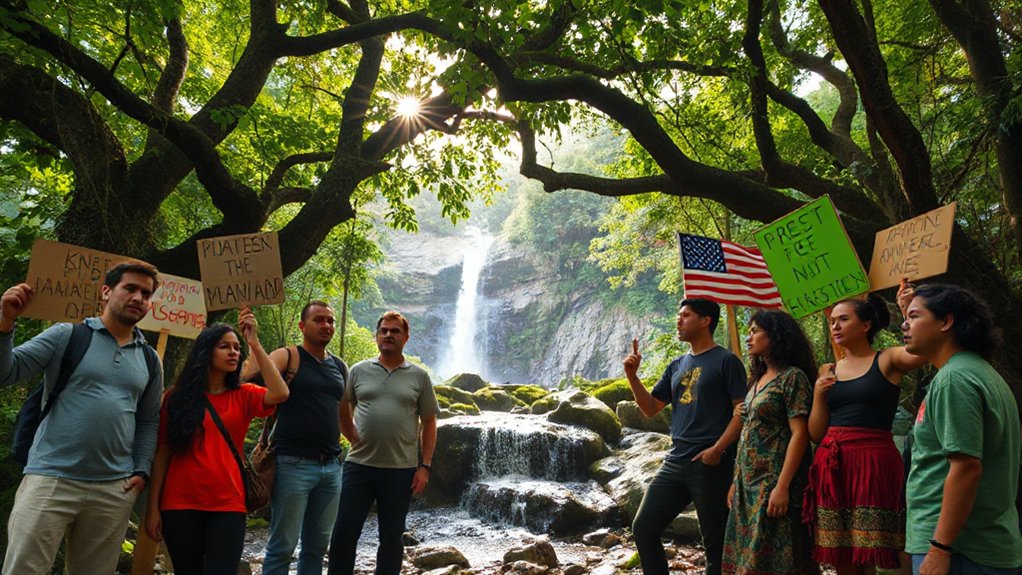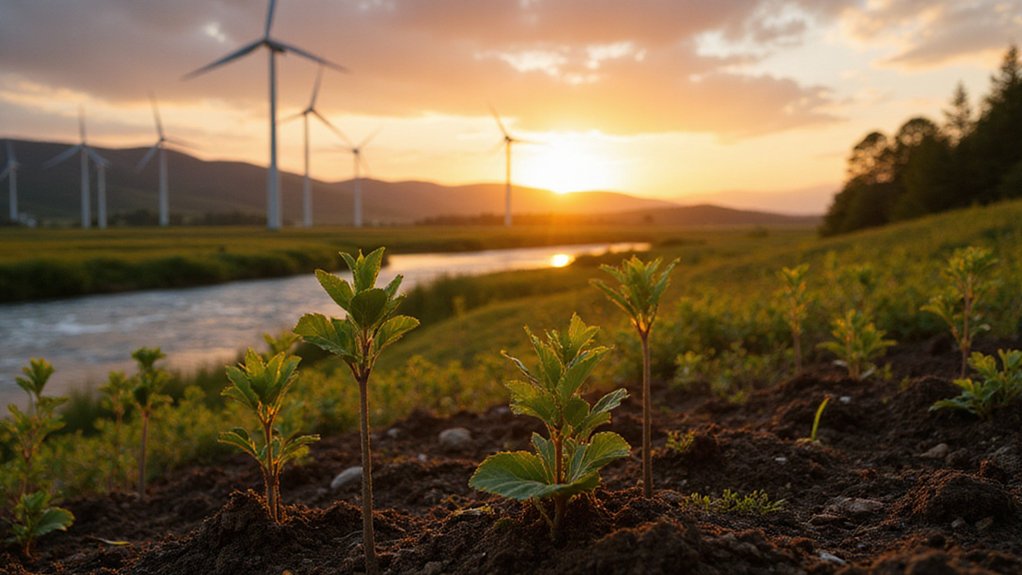Despite overwhelming scientific consensus on the reality of climate change, a stubborn 15% of Americans still reject the evidence. These deniers aren’t evenly distributed, either. They cluster in central and southern states, with Oklahoma, Mississippi, Alabama, and North Dakota topping 20% denial rates. Shasta County, California stands out as a bizarre outlier with a whopping 52% of residents rejecting climate science.
Meanwhile, folks along the coasts generally accept what scientists have been screaming about for decades.
This denial isn’t accidental. It’s manufactured. Powerful actors, including corporations and governments, deliberately spread inaccurate narratives to protect their interests. The energy-industrial complex funds organizations dedicated to spreading doubt. Politicians remove climate data from government websites. Yeah, that actually happens.
Social media makes everything worse, obviously. Misinformation spreads like wildfire across digital platforms. Some influencer posts something ridiculous about a cold day disproving global warming, and suddenly thousands believe it. Former President Donald Trump has been identified as a key influencer whose posts often questioned the validity of climate change. Current weather events get twisted into “evidence” against climate change. Trust in science erodes with each viral post.
Most people have no idea how strong the scientific consensus really is. This “consensus gap” plagues public understanding worldwide. In some countries, less than half the population believes humans cause climate change. Hard to fix a problem when people don’t think it exists, right?
Education isn’t keeping pace, either. Kids with inadequate science education can’t spot climate nonsense when they see it. Organizations actively target young people with misleading information, setting up generational challenges. While carbon emissions continue to rise at alarming rates, reaching 36.8 billion metric tons in 2023, the disconnect between scientific reality and public perception only grows wider.
The consequences? Policy paralysis. When denial thrives, legislation dies. Politicians won’t act if they think voters don’t care. It creates a perfect feedback loop: denial prevents policy action, lack of action reinforces denial. And around we go.
America’s 10% “dismissive” rate exceeds most countries surveyed. Exceptional as always, just not in a good way.
References
- https://record.umich.edu/articles/nearly-15-of-americans-deny-climate-change-study-finds/
- https://www.ipie.info/research/sr2025-1
- https://gc.copernicus.org/articles/8/81/2025/
- https://www.govexec.com/management/2025/07/why-federal-government-making-climate-data-disappear/406715/
- https://vcresearch.berkeley.edu/news/project-2025-could-be-disastrous-climate-legal-scholars-are-preparing-fight-back









